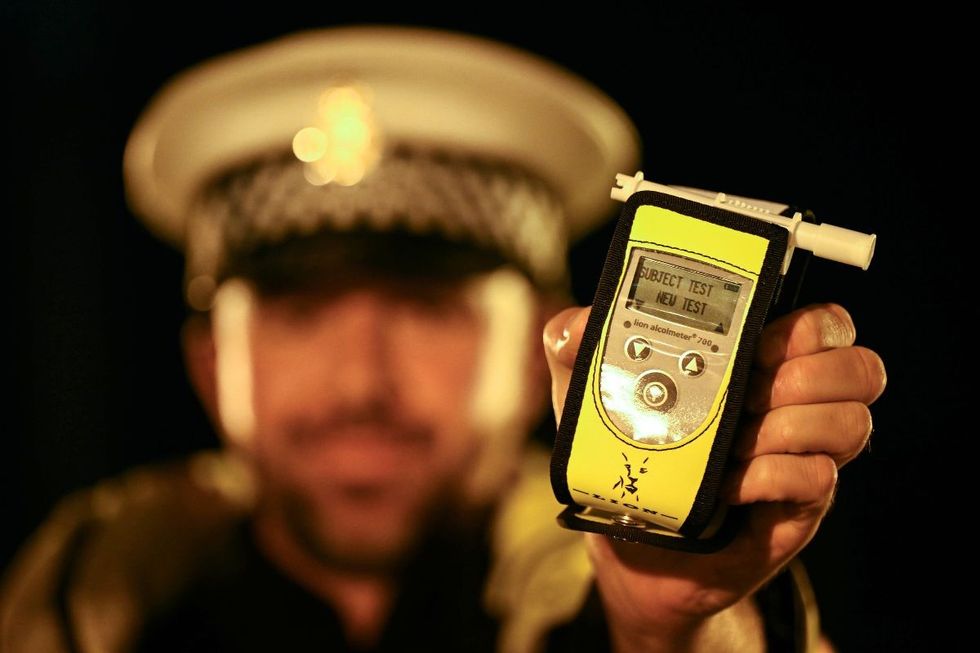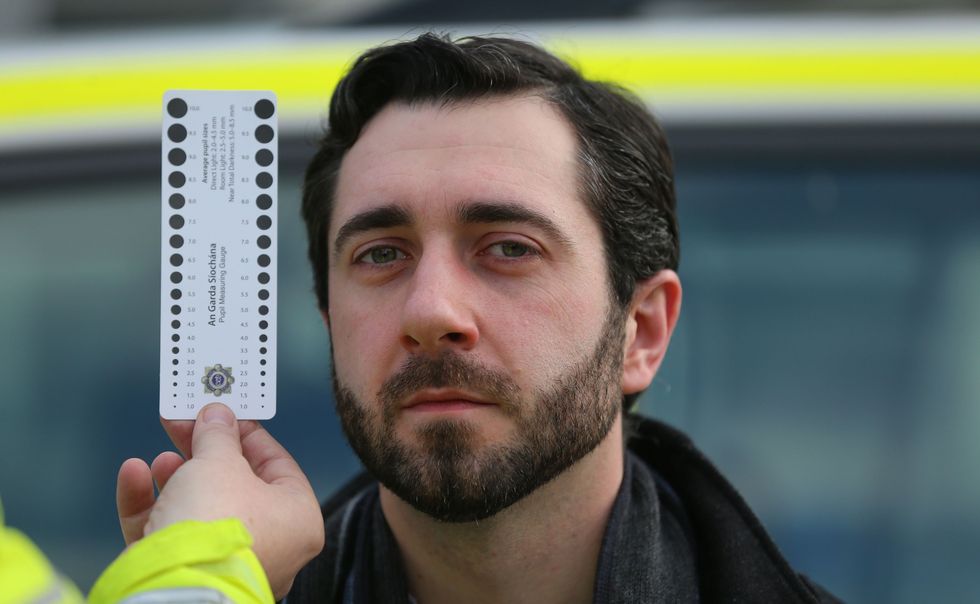Drug driving rates soar to highest level in five years as police arrest 15-year-old – ‘Extremely worrying’
Drug-related driver deaths have surged by 50 per cent in a single year, reaching their highest level in five years, according to new research from The AA Charitable Trust.
New figures show that fatalities involving drivers under the influence of drugs increased from 96 in 2022 to 144 in 2023 – the highest level in five years.
The alarming rise has prompted urgent warnings from road safety experts about the deadly combination of drugs and driving.
The figures were revealed in the House of Lords by Transport Minister Lord Hendy of Richmond Hill, responding to a question from the Lord Bishop of St Albans.
Do you have a story you’d like to share? Get in touch by emailing motoring@gbnews.uk

The AA Charitable Trust has issued a stark warning about the dangers of drug driving in light of the statistics.
Edmund King, Director of The AA Trust, said: “Traditionally our safety message to drivers has always been: if you are going to drive, don’t drink and if you are going to drink, don’t drive. But now it is essential to update that messaging to include drugs.
“A startling 50 per cent increase in drivers killed under the influence of drugs is extremely worrying. We don’t want drivers to be in any doubt – drink, drugs and driving do not mix.”
Police now routinely employ roadside drug testing using specialised kits known as drugalysers.
These devices use a mouth swab to detect the presence of cannabis and cocaine, with a blue line appearing if drugs are detected.
King added: “The police now have effective ways to test drivers for the presence of drugs at the roadside, but these figures show that too many drivers are dicing with drugs and death.”
In Sussex, a 15-year-old was arrested on suspicion of being under the influence as part of the police’s Operation Limit campaign over the Christmas period.
Drivers should be aware that drug driving laws cover both illegal substances and prescription medications. Police can prosecute motorists found with any of 17 controlled drugs above specified levels in their blood.
The limits vary between substances, with illegal drugs having extremely low thresholds – though not zero, to account for potential accidental exposure such as passive smoking.
Driving under the influence of drugs can affect driving through the ability to judge speed and distance, blurry vision, drowsiness, erratic behaviour, nausea and dizziness.
Motorists caught drug driving could receive a criminal record, a maximum penalty of six months in prison, an unlimited fine and an automatic ban of at least one year.
This could be heightened to three years if they have been convicted of two offences in the last 10 years.
LATEST DEVELOPMENTS:
- Digital driving licence set to launch this year could have dramatic impact on millions of Britons
- Speed cameras cut down hours after being installed as police slam ‘extremely concerning’ vandalism
- Drivers who passed their test before 2015 risk huge £1,000 fine as DVLA issues licence warning

Other, more serious offences could result in an endorsement on their driving licence for 11 years and more expensive car insurance premiums.
In the most extreme circumstances, their potential employers will be able to see their convictions. They will also face trouble when heading abroad to countries like the United States.
King added: “We need drivers and their passengers to be well aware that drugs and driving don’t mix and when it comes to drugs or drink when driving, the best advice is none for the road.”

